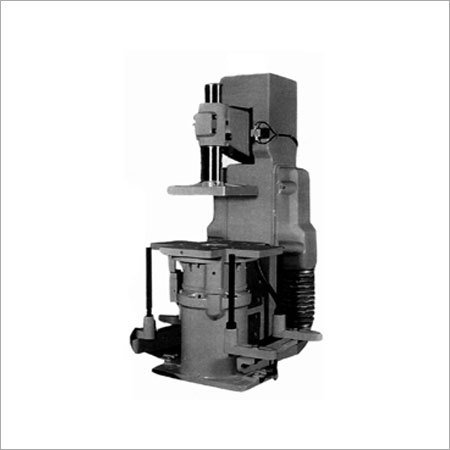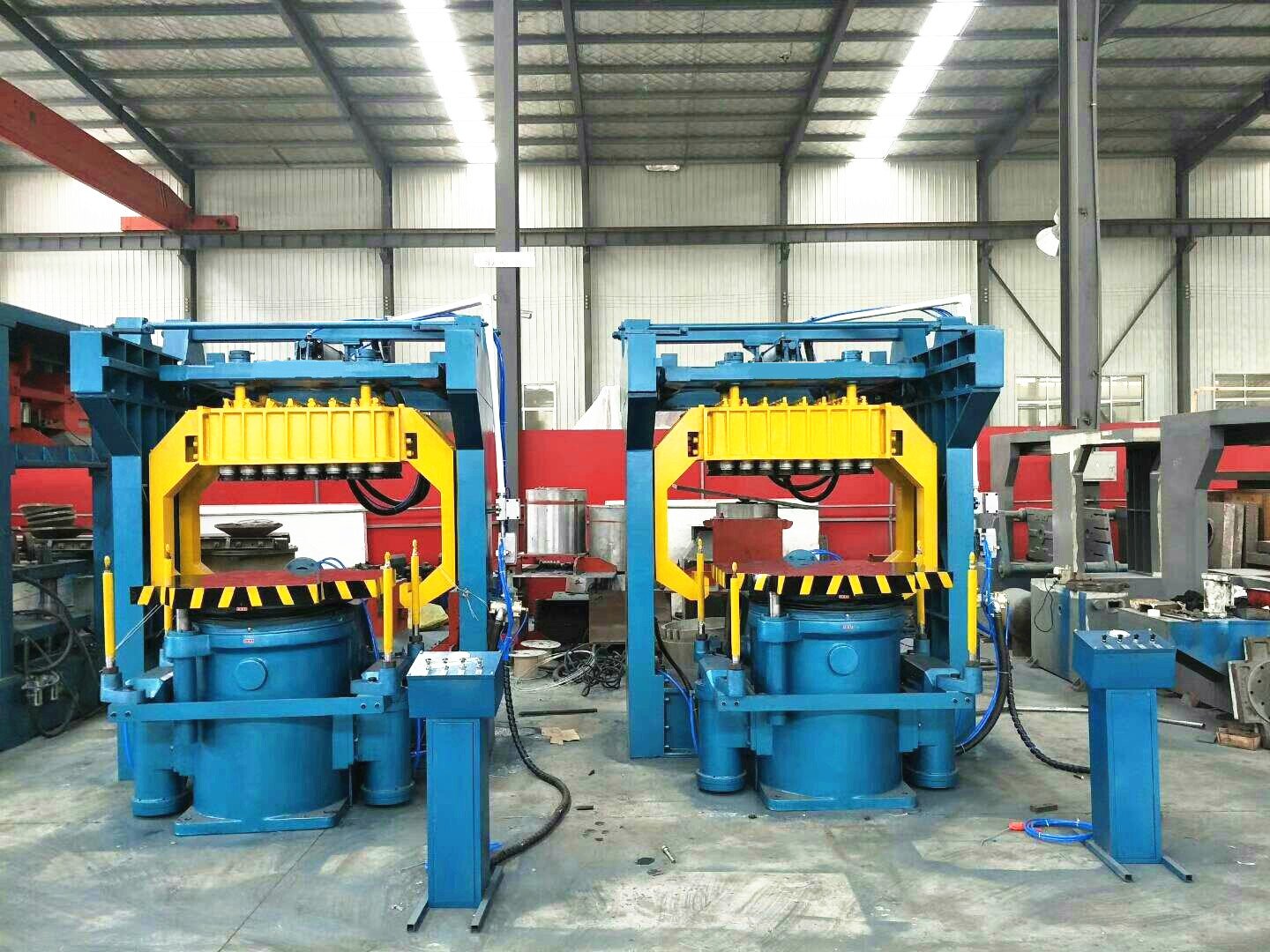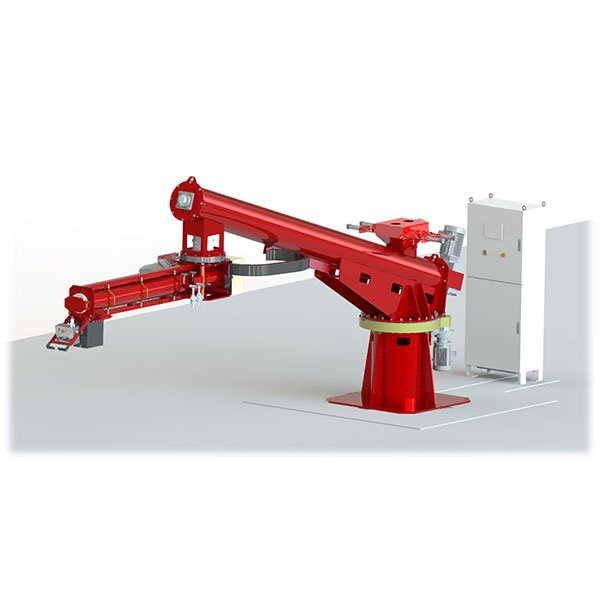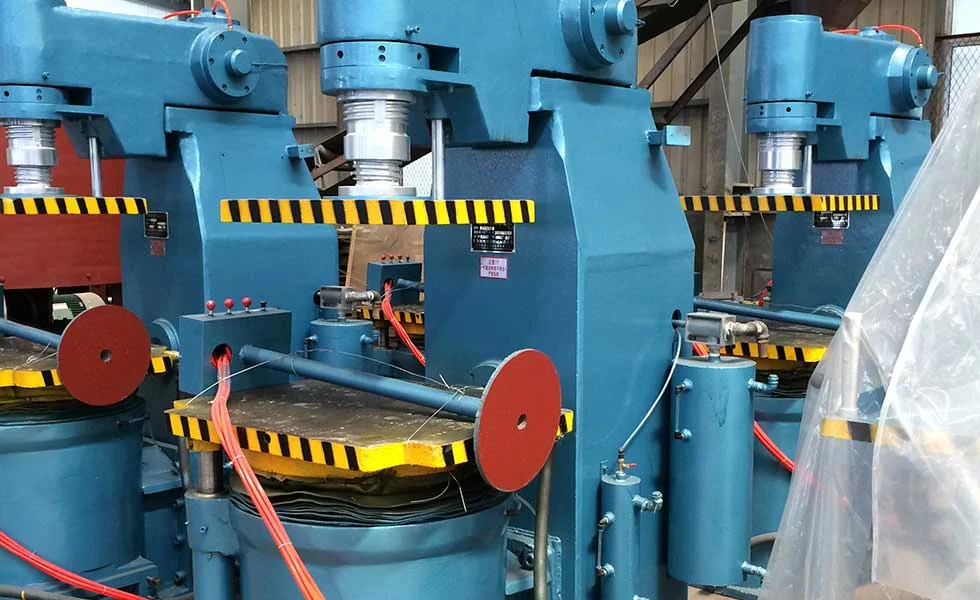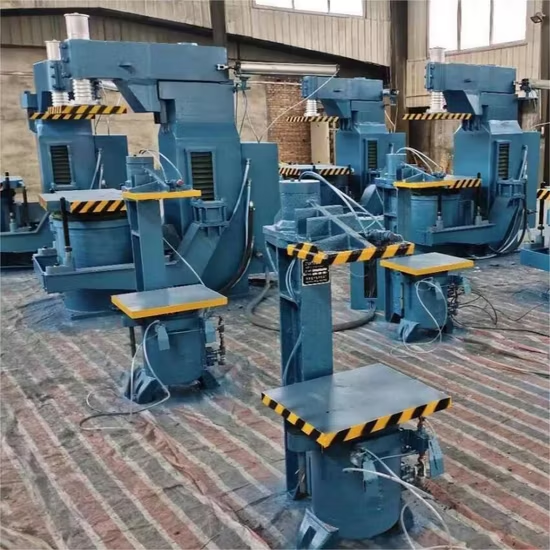
Labor shortages, inconsistent quality, and production downtime are growing problems—automation is the solution to modern wire rod processing challenges.
Automated shot blasting systems seamlessly integrate with drawing lines and coating units, reducing labor, increasing throughput, and ensuring consistent surface treatment.
Standalone machines can’t keep up with high-throughput operations. It’s time to turn wire rod processing into a connected, efficient, and intelligent production line.
Why Does Wire Rod Processing Need Automation?
Manual transfers and isolated machines slow production and increase defects.
Automation creates a continuous workflow that links descaling, drawing, and coating into one smooth system.
Wire rod production is fast-paced. Even minor delays or manual errors can halt the entire line. Skilled labor is also becoming scarce. Relying on manual processes leads to bottlenecks and rising costs.
Automating shot blasting and connecting it with upstream and downstream processes solves key issues:
- Excessive labor handling and inefficiency
- Tangling, misfeeds, and line interruptions
- Inconsistent descaling results
- Energy waste due to idle equipment
With automation, shot blasting becomes a synchronized step—improving efficiency and reducing downtime.
What Is an Automated Shot Blasting System?
An automated shot blasting system is a smart, integrated cleaning unit that operates without manual input.
It includes:
- Shot blasting chamber: Enclosed high-speed cleaning area
- Media circulation system: Cleans and reuses abrasive steel shot
- Auto-feeding mechanism: Feeds wire rod from upstream machinery
- Sensors and control systems: Detects rod position and starts/stops operation
- PLC controller: Manages logic, speed, alarms, and synchronization
This setup ensures consistent descaling performance with minimal operator involvement.
How Does Shot Blasting Integrate into a Wire Rod Production Line?
An automated shot blasting system fits into the entire line as a core process:
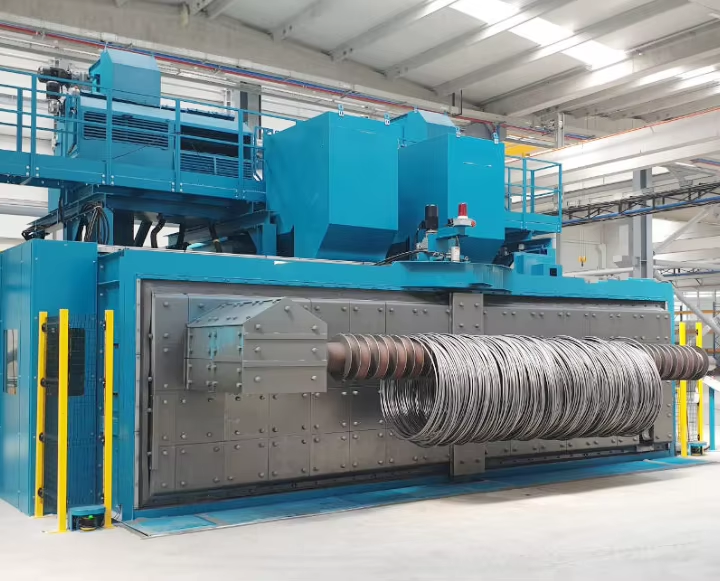
- Upstream (Drawing or Payoff Station): Motorized feeders pull the wire rod from reels or drawing machines. Tension control and speed synchronization ensure smooth entry into the blast chamber.
- Blasting Phase: Sensors detect rod entry and automatically start the blast wheels. Adaptive speed control adjusts intensity based on rod size and production speed.
- Downstream (Coating or Take-Up Reels): Conveyor or roller systems deliver the cleaned rod directly to the coating line or spooling unit without manual transfer.
This seamless integration eliminates bottlenecks and reduces production variability.
What Are the Key Technologies Behind Full-Line Automation?
Reliable integration relies on multiple smart components:
- PLC (Programmable Logic Controller): Acts as the system’s brain, coordinating devices, managing alarms, and controlling cycle logic
- Inductive and Optical Sensors: Detect rod presence, line speed, diameter, and possible jams—triggering start/stop functions automatically
- Linked Conveying Systems: Roller, chain, or belt conveyors connect equipment with synchronized timing to prevent tangling or overlap
- HMI (Human Machine Interface): Touchscreen displays show real-time status, allow parameter input, and support quick product changeovers with saved recipes
What Are the Benefits of Automated Shot Blasting?
Integrating shot blasting with your full line leads to measurable gains:
- Zero manual handling = lower labor cost, safer operation
- Consistent cleaning quality = reduced rework, improved coating adhesion
- Real-time system monitoring = fewer unplanned stops, proactive maintenance
- Better OEE (Overall Equipment Effectiveness) = increased uptime, quality, and output
Case Study: Fully Integrated Wire Rod Line in East Africa?
A cable manufacturer in East Africa implemented our fully automated system—integrating payoff, shot blasting, galvanizing, and take-up into one continuous line.

Key improvements:
- Transition time between steps reduced from 8 minutes to 1.5 minutes
- Surface defect rate dropped by over 60%
- Remote diagnostics helped resolve a sensor fault in under 30 minutes
- Shift coverage increased from 2 to 3 per day with no extra staffing
Automation helped the client achieve round-the-clock operation with fewer risks and higher consistency.
Conclusion: From Standalone to Smart—Shot Blasting for the Future
Wire rod factories are evolving from isolated machines to smart, integrated production systems.
Shot blasting is no longer a separate step—it’s part of a connected process. Automation boosts efficiency, quality, and safety.
At Hitech-China, we deliver customized, automation-ready shot blasting systems to meet your exact production needs.
FAQ
Can shot blasting machines be automated in wire rod lines?
Yes. With motorized feeders, sensors, and PLCs, they can integrate with drawing and coating processes in a single automated flow.
What sensors are used in automated shot blasting systems?
Common sensors include inductive proximity switches, optical detectors, speed sensors, and diameter gauges.
How does PLC control benefit wire rod processing?
PLC systems manage equipment coordination, error detection, and real-time adjustments—reducing downtime and improving reliability.
Is it possible to link a shot blasting machine with a coating line?
Absolutely. Using linked conveyors or roller systems, shot-blasted rods can move directly into coating lines without any manual transfer.


